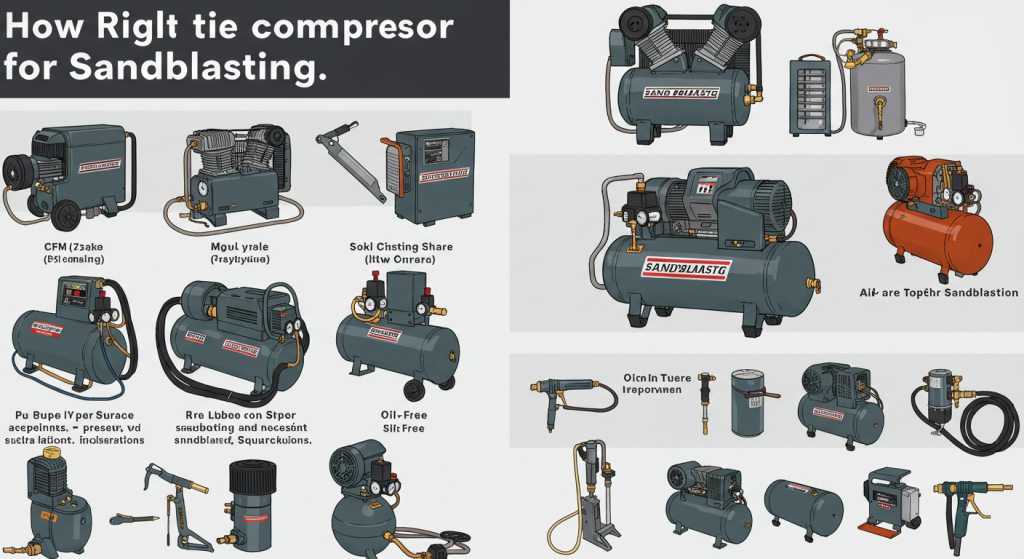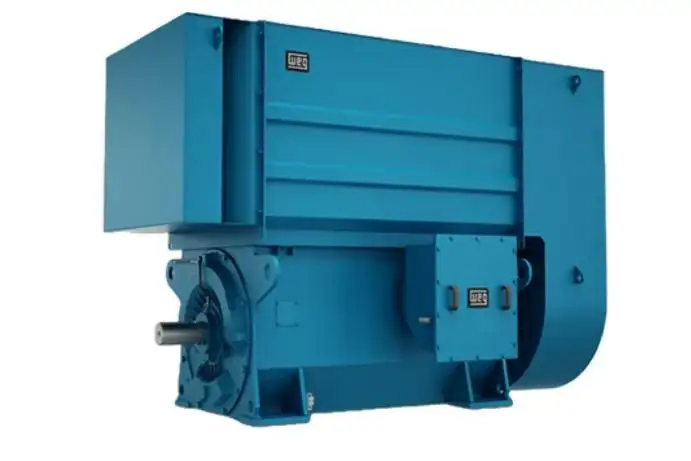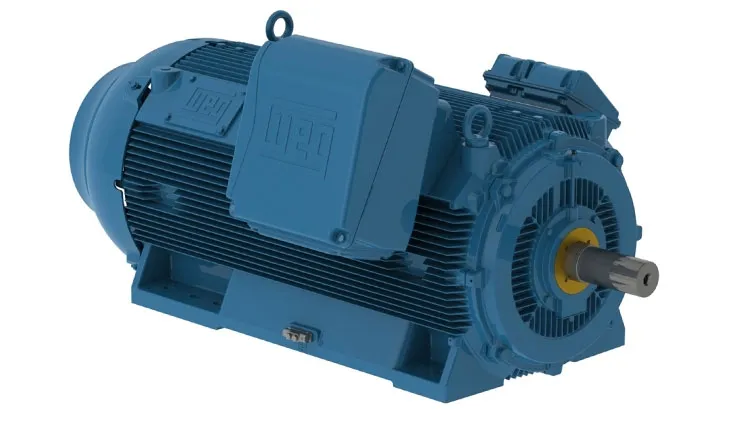Two-Stage Air Compressor: Is it the Best Choice for Sandblasting?
- When sandblasting work demands muscle, a two-stage air compressor usually takes the prize. The unit squeezes the air twice before it leaves the tank, so it pumps out higher PSI and steadier volume-precisely the airflow sandblasting guns depend on. Shops that blast all day, from auto repair bays to factory floors and road crews, rely on this level of pressure.
- Because it builds pressure in stages, the machine uses power more wisely and spares its moving parts, extending service life and cutting repair bills. Even in busy facilities, the compressor runs with little interruption. Its smooth output matches large nozzles and coarse media that need relentless air.
Why Does the Air Compressor Matter Most?
- Picture yourself trying to run a marathon with only a thin trickle of oxygen. That messy scene is what your sandblasting crew will face whenever the air compressor falls short. Weak air means feeble blast pressure, uneven media flow, pointless downtime, and a job left half-finished, stealing both hours and goodwill.
- Give that same crew a compressor sized and set up just for them, however, and the difference is night and day. Steady, powerful air hurls the abrasive forward without pause, cleaning uniformly, speeding the job, and leaving a professional surface behind. When the compressor holds up, the work gets done right the first time, and nobody has to revisit a section.
Rotary Screw Compressors: The Industrial Powerhouse
- For blasting, heavy factory shifts, or large, relentless contracts, rotary screw compressors become the unsung heroes. Inside, two helical screws spin together, trapping and compressing the air in an uninterrupted dance, so CFM keeps flowing.
- Advantages: near-constant high CFM output, quieter hum than piston units, far longer service life onward, and top-tier energy efficiency-especially in variable-speed-drive (VSD) models. Features like soft-start contractors and integrated air dryers turn everyday operations into a set-and-forget dream.
- Bigger jobs that happen every day deserve that kind of dependability. If sandblasting is core to your operation, let the rotary screw compressor carry the load.
Portable Vs. Stationary Air Compressors
- A portable air compressor for sandblasting is a compact, wheel-mounted machine you can easily lift onto a trailer or into the back of a truck. Its size makes it perfect for mobile jobs such as blasting out car panels in a parking lot or cleaning rust from a bridge section at a remote work site. Because the tanks are small, the unit may struggle to deliver peak CFM for long, so it suits short bursts of work rather than all-day use.
- A stationary air compressor, by contrast, is a beefy, permanently wired beast that sits in a corner of your shop or factory. It pumps out high CFM, stores a lot of air in big tanks, and shrugs off the heavy-duty shifts that a production floor or blast room demands.
- Moisture vapor until the air is bone-dry and ready to deliver a clean, even blast every time.
Selecting the Right Compressor for Your Work
How to choose the right air compressor for sandblasting? What counts as the right compressor depends entirely on the project. Here’s how a few typical jobs match with machines.
- Home Sandblasting:
Hobbyists stripping chairs, bike frames, or small rust patches on a car usually do well with a two-stage piston unit holding 30-60 gallons that pushes 15-25 CFM at 90 PSI. For very light, occasional jobs, a small portable compressor can get by.
- Automotive Sandblasting:
Larger rust fixes, paint removal, or full restorations need steady air. A two-stage piston compressor with 60-80 gallons and 20-35 CFM at 90-100 PSI fits most cases. For nonstop body-shop duty, many pros choose a compact rotary screw.

- Air Compressor for Rust Removal Blasting:
Removing rust is a tough job, and the tools need to match. What you want is steady pressure and plenty of airflow so the blast can chip through the crust. So, pick a compressor that fits both the rust severity and the grit you’ll be using.
- Air Compressor for Glass Etching:
Etching requires lower pressure, but clean, dry air is still key; damp air makes the grit stick together and ruins the detail. The airflow needed mainly depends on the tiny nozzle you’re using, so CFM requirements usually stay modest.
Considerations While Selecting
- Sandblasting Compressor Sizing:
When in doubt, size the machine a little larger instead of smaller. Too-small units run non-stop, overheat, and break down early; oversized ones cycle less, last longer, and deliver steadier power.
- Compressor Efficiency:
Check the efficiency badge to trim power bills during long shifts. Models with a Variable Speed Drive adjust output on the fly, so they waste far less energy.
- Noise Level Air Compressor Sandblasting:
Blasting gear can be deafening. In neighborhoods or shared shops, quieter machines, sound enclosures, or remote siting may spare everyone the racket. Rotary-screw units are usually much calmer than piston compressors, so they’re worth a look.
- Sandblasting Compressor Maintenance:
Like any piece of gear, your air compressor needs regular upkeep- oil changes, fresh filters, and tank drainage to keep it running strong for years. Work these chores into your maintenance calendar so nothing gets overlooked.
- Cost of Air Compressor for Sandblasting:
The price tag of your sandblasting compressor will affect the overall budget. While it can be tempting to grab the lowest-priced unit, remember that poor performance, constant repairs, and disappointing results add hidden costs. A slightly larger initial outlay often pays you back later.
- Durability/Longevity:
Choose heavy-duty build quality, cast-iron parts on piston models, and protective warranties that cover wear. These signs tell you the machine is meant to endure.
Making Your Choice
How to choose the right air compressor for sandblasting? Choosing the right air compressor for sandblasting comes down to knowing your workload and matching it with hardware that can handle it without strain.
1. First, figure out what your sandblaster needs. Check the CFM and PSI specs for your gun or pot, and note the nozzle size you'll use most.
2. Then ask what you’ll be blasting. Weekend repairs, car restorations, or full factory runs? The answer sets the CFM, PSI, and tank size you have to meet.
3. Next, pick your compressor type. A single-stage or two-stage piston unit covers most jobs, while a rotary-screw model suits nonstop, heavy work.
4. Don’t overlook air quality. Dryers and moisture traps are a must; dirty, wet air ruins both the finish and equipment.
5. Finally, weigh noise, upkeep, and the dollars you can spend. Your setup has to fit the shop, not just the specs.
Conclusion
How to choose the right air compressor for sandblasting? Picking the best air compressor for sandblasting boils down to knowing your requirements, PSI, tank size, and the kind of work you'll be doing. Move at your own pace, weigh the specs side by side, and keep your long-term plans in mind. For personalized guidance and our top compressor picks, drop by VIBRANT and get ready to blast with confidence.









